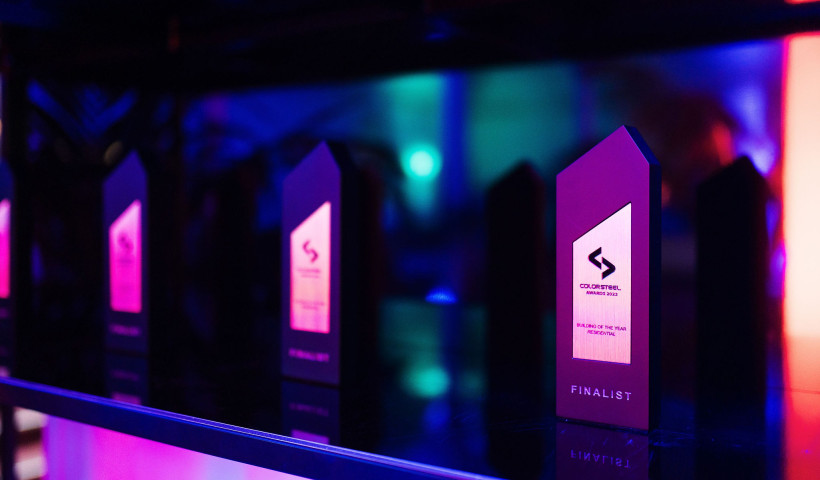
Corrugated irn has been around since the early 1830s and was the first material to be mass-produced for use as cladding for the modern building industry. By the early 1850s corrugated steel had arrived in New Zealand and was being used for huts on the early gold fields, for agricultural buildings and for houses and commercial buildings.
Having never lost our love for this practical and versatile profile, today corrugated steel is still in high demand. While originally only available in restricted lengths, the long-run technology developed in the mid-20th century has made corrugated roofing and cladding even more popular. The new process allows fast and economical production and greater consistency length-to-length, and avoids the need for multiple end laps.
All of these principles have been applied to the manufacture of mini corrugate. This profile is just as visually pleasing and versatile as its ‘bigger brother’ - just on a smaller scale. Having been designed with interior design projects in mind, the use of mini corrugate is a sure-fire way to add flair and intrigue to a commercial fitout.
Mini corrugate is ideal for ceiling work and internal walls, due not only to the ease of transportation and installation, but because of the clean and modern finish that this material provides. It is also proving extremely popular as a feature to help break up space or create interest in a building, or as a cladding for reception desks and internal partitions. This steel profile can even be used as the canvas for art displays and is able to support printed logos and photographs.
Used internally, mini corrugate has a high strength-to-weight ratio and will continue to impress onlookers for decades to come.
Mini corrugate is available in the full Colorsteel Endura and Maxx colour ranges from Steel and Tube Ltd (marketed as Mini Orb). It is also available in Zincalume steel.













 New Products
New Products

















 Popular Products from COLORSTEEL
Popular Products from COLORSTEEL


 Most Popular
Most Popular


 Popular Blog Posts
Popular Blog Posts
